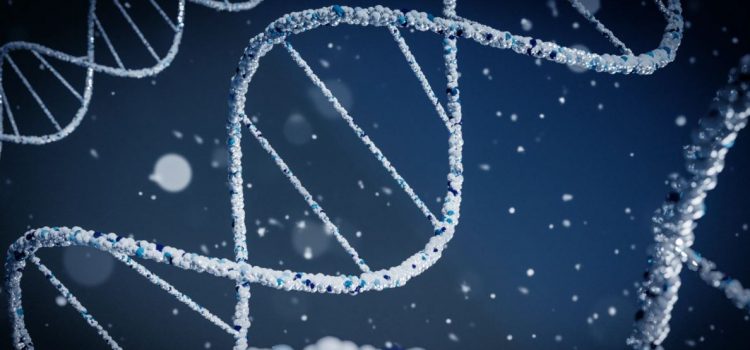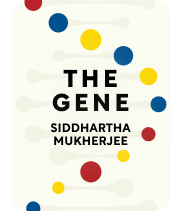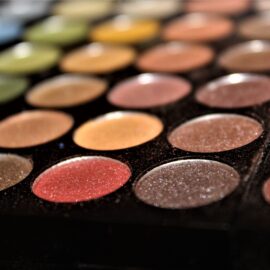

This article is an excerpt from the Shortform book guide to "The Gene" by Siddhartha Mukherjee. Shortform has the world's best summaries and analyses of books you should be reading.
Like this article? Sign up for a free trial here.
What roles do genes play in behavior? Is your personality largely the product of your genes or your environment?
Our genes contain the blueprints for our bodies. Therefore, in a very real sense, our genes determine who we are. Each of us has crucial elements of who we’ll become encoded in our DNA. However, genes only tell a small part of the story because your environment can influence how genes are expressed.
Keep reading to learn about the interplay between environment and genetics.
Genetics vs. Environment
Very few traits are purely genetic because most of them are also influenced by the environment. For example, identical twins (who, by definition, have all the same genes) could look and act very differently if one becomes a professional athlete while the other becomes an office worker.
Genes often create tendencies or predispositions toward certain kinds of behavior, but those behaviors still won’t appear unless the environment draws them out. For example, someone who’s genetically predisposed to alcoholism could go his or her entire life without ever drinking, and therefore without becoming addicted to alcohol.
| Different Types of Environment A major part of a person’s identity is how he or she acts, but, as Mukherjee says, our traits and behaviors are heavily influenced by our environment. In fact, in Behave, Robert Sapolsky—a professor of biology and neurology—elaborates on the interplay between environment and genetics. He explains that there are actually three different types of environment that interact with our genetics to determine how we act in any given moment: Physical environment. Our surroundings influence how we act in numerous ways. For instance, if the area is clean and well-maintained, we’re more likely to be polite and follow the rules because it seems like the sort of place where that’s expected. Moral environment. How close we are to a situation, both physically and emotionally, determines how we’ll respond to it. For example, if we see a child in danger, we’re likely to jump into action; if we read a story about a child in danger, we’re more likely to do nothing. Similarly, if the child is someone we know personally, we’re much more likely to try to help than if the person is a stranger. Social environment. We’ll often factor who’s nearby into our decisions about how to act. For instance, men tend to be more decisive and aggressive when women are nearby. Also, people tend to be more likely to put themselves in danger if others are around—perhaps because there’s the chance that they’ll help, or maybe simply for the chance to be seen as a hero. |
The Environment Permanently Changes Our Genes
Genes also switch on and off throughout our lives in response to environmental factors. For example, when you’re exercising, your body will activate genes that burn extra nutrients in order to boost your energy.
Even more interestingly, Mukherjee says that those repeated activations and deactivations leave permanent marks. Molecules called methyl tags attach themselves to genes during this process, and enough methyl tags on a gene can affect how it works. For example, researchers believe that some cases of cancer are due to these methyl tags blocking the “off switch” for cell division, causing potentially deadly tumors to form.
(Shortform note: Environmental effects on genes may be even more widespread and impactful than Mukherjee suggests. In Lifespan, geneticist David Sinclair explains his theory that these long-term changes in gene function are the reason why we age. Even more astoundingly, Sinclair believes that it’s possible to undo these changes with genetic engineering—to remove the methyl tags and return cells to their original functions. In short, Sinclair believes that someday it will be possible to reverse the aging process, and that it might even happen in our lifetimes.)

———End of Preview———
Like what you just read? Read the rest of the world's best book summary and analysis of Siddhartha Mukherjee's "The Gene" at Shortform.
Here's what you'll find in our full The Gene summary:
- What genes are and how they work, explained in simple terms
- The history of gene discovery, dating back to the 1800s
- What the future of genetic engineering looks like






